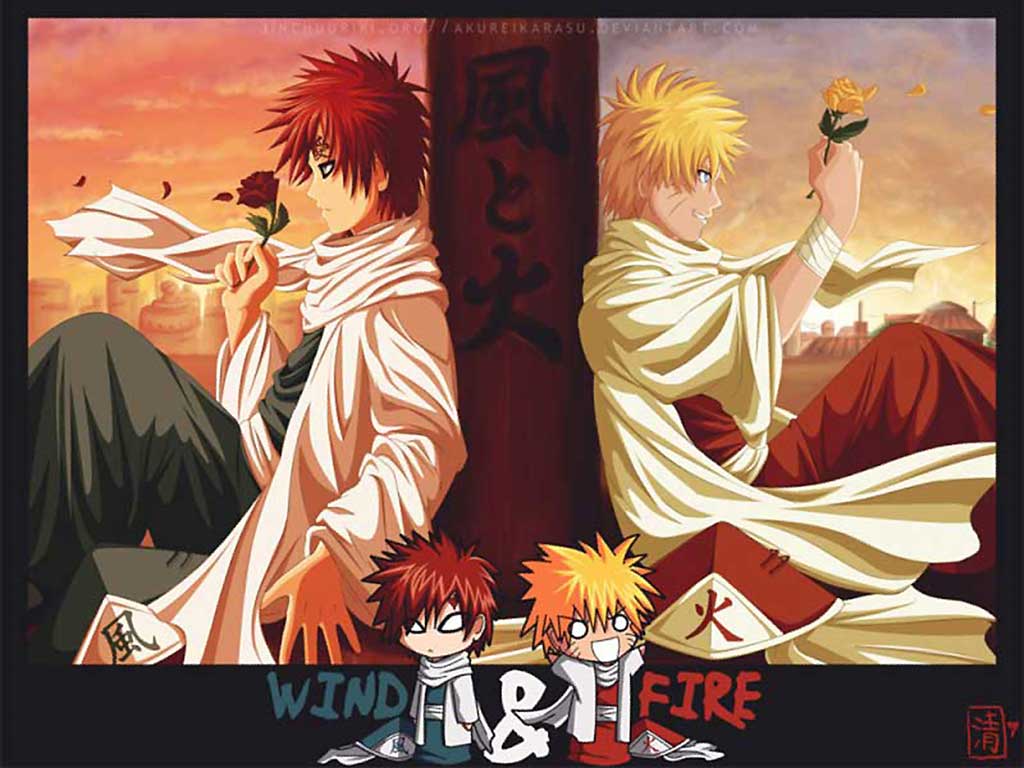
The Enduring Legacy of Naruto: A Deep Dive into the Anime Phenomenon
For over two decades, the anime series Naruto has captivated audiences worldwide, leaving an indelible mark on the landscape of animation and popular culture. From its humble beginnings as a manga series, Naruto has evolved into a global phenomenon, spawning multiple anime adaptations, films, video games, and a dedicated fanbase that spans continents. This article delves into the core elements that contribute to Naruto‘s lasting appeal, exploring its narrative depth, character development, and cultural impact.
Naruto‘s success is multifaceted, rooted in its compelling story, relatable characters, and stunning visual presentation. The series follows the journey of Naruto Uzumaki, a young ninja ostracized by his village who dreams of becoming Hokage, the strongest ninja and leader of the Hidden Leaf Village. His quest is not just about power; it’s a testament to perseverance, friendship, and the importance of never giving up on one’s dreams. This foundational narrative resonates with viewers of all ages and backgrounds, providing a framework for exploring complex themes of prejudice, self-discovery, and the value of human connection.
The Power of Storytelling: Unraveling the Narrative Threads
At its heart, Naruto is a coming-of-age story. The plot unfolds across two primary arcs: the original series, *Naruto*, and its sequel, *Naruto Shippuden*. The narrative structure is masterfully crafted, balancing moments of intense action with quieter, character-driven scenes. The series explores various themes, including the cyclical nature of hatred, the burden of legacy, and the importance of forgiveness. The writers expertly weave together these themes, creating a rich tapestry of human experience that keeps viewers invested in the long-term narrative. The story also features a complex world-building, with unique ninja techniques, powerful clans, and intricate political dynamics.
The pacing of the story is crucial to its success. The series is known for its extended storylines, allowing for the development of characters and relationships. This approach enables viewers to develop a deep emotional connection with the characters, making the stakes of each conflict feel more personal and impactful. The narrative introduces various antagonists, each with their motivations and backstories, adding layers of complexity to the story. The exploration of these villains’ pasts often humanizes them, challenging the audience’s perspective on good and evil.
Character Development: More Than Just Ninjas
One of the most significant strengths of Naruto is its character development. Each character, from the protagonist Naruto to supporting characters like Sasuke Uchiha and Sakura Haruno, undergoes significant growth throughout the series. Their struggles, triumphs, and relationships shape the narrative and drive the plot forward. The characters are not simply archetypes; they are complex individuals with flaws and strengths, making them relatable to the audience. The series explores their internal conflicts, ambitions, and insecurities, allowing viewers to connect with them on a deeper level.
Naruto’s unwavering determination and belief in his friends are central to the series’ message. Sasuke’s descent into darkness and eventual redemption is a compelling exploration of revenge and the importance of forgiveness. Sakura’s transformation from an insecure student to a skilled medical ninja and powerful fighter showcases the importance of perseverance and self-improvement. The relationships between these characters, particularly the bond between Naruto, Sasuke, and Sakura, are at the heart of the series’ emotional core. Their friendships and rivalries drive the narrative, providing a source of both conflict and resolution.
Visual Spectacle and Artistic Style: Breathing Life into the World
The visual presentation of Naruto is another key factor in its success. The anime is renowned for its stunning animation, dynamic fight sequences, and vibrant character designs. The animation studio, Studio Pierrot, consistently delivers high-quality visuals that elevate the storytelling. The animators skillfully depict the characters’ emotions, actions, and the environments in which they live. The use of color, lighting, and camera angles creates a sense of depth and immersion, drawing the viewer into the world of Naruto.
The series also features a distinctive art style. The character designs are instantly recognizable, with unique hairstyles, clothing, and facial expressions. The animation team pays close attention to detail, bringing the characters to life and making them visually appealing. The fight sequences are particularly impressive, with fluid movements, dynamic camera angles, and the use of special effects that highlight the power of the characters’ abilities. The visual style of Naruto has been highly influential, inspiring other anime and manga creators.
The Cultural Impact: A Global Phenomenon
Naruto‘s influence extends far beyond the realm of anime. The series has become a global cultural phenomenon, inspiring countless works of art, music, and fashion. The characters and their iconic poses have been parodied and referenced in various media, cementing their place in popular culture. The series has also helped to popularize anime and manga worldwide, opening doors for other Japanese animation and storytelling to reach international audiences.
The series has also inspired a dedicated fanbase that actively creates fan art, fan fiction, and cosplay. The sense of community surrounding Naruto is a testament to the series’ ability to connect with viewers on a personal level. The popularity of the series has led to various merchandise, including action figures, clothing, and video games. These products have become collector’s items and symbols of the series’ enduring appeal. The impact of Naruto is still felt today, with new generations of fans discovering the series and its message.
The Legacy Continues: Beyond the Main Series
The Naruto franchise continues to thrive with the sequel series, *Boruto: Naruto Next Generations*. This series follows the adventures of Naruto’s son, Boruto, and other young ninja. This extension of the universe demonstrates the lasting appeal of the Naruto world and its capacity to captivate new audiences. *Boruto* maintains the core values of the original series while introducing new characters, storylines, and ninja techniques. The franchise’s continuous evolution ensures that the legacy of Naruto will continue for years to come.
The legacy of Naruto is one of perseverance, friendship, and the power of never giving up. The series’ impact on the anime industry and popular culture is undeniable. Its compelling storytelling, relatable characters, and stunning visual presentation have made it a global phenomenon. From its humble beginnings to its current status as a beloved franchise, Naruto has touched the hearts of millions and continues to inspire new generations of fans. The enduring popularity of Naruto is a testament to its ability to connect with viewers on a profound level and its timeless message of hope and resilience.
The success of Naruto lies in its ability to present a story that is both entertaining and meaningful. The series is more than just an action-packed adventure; it’s a journey of self-discovery, friendship, and the pursuit of dreams. The consistent popularity of the show underscores the power of storytelling and its ability to resonate with audiences across cultures and generations. The characters’ growth and the complex relationships between them provide a rich tapestry of emotional experiences that keep viewers engaged. The Naruto anime has become a staple in the anime community.
The influence of Naruto can be seen in various aspects of popular culture. The series has inspired fashion trends, with characters’ outfits and hairstyles being replicated by fans worldwide. The iconic ninja techniques and poses have been incorporated into video games, art, and other forms of media. The themes of determination, teamwork, and never giving up have also resonated with viewers, inspiring them to pursue their goals. The enduring popularity of Naruto is a testament to its ability to connect with audiences on a profound level.
In conclusion, Naruto is more than just an anime; it’s a cultural phenomenon that has left an indelible mark on the world. Through its compelling storytelling, relatable characters, and stunning visual presentation, Naruto has captured the hearts of millions and continues to inspire new generations of fans. Its legacy of perseverance, friendship, and the power of never giving up will continue to resonate for years to come. The impact of Naruto on the anime industry and popular culture is undeniable, and its influence will be felt for generations.
[See also: Related Article Titles]

